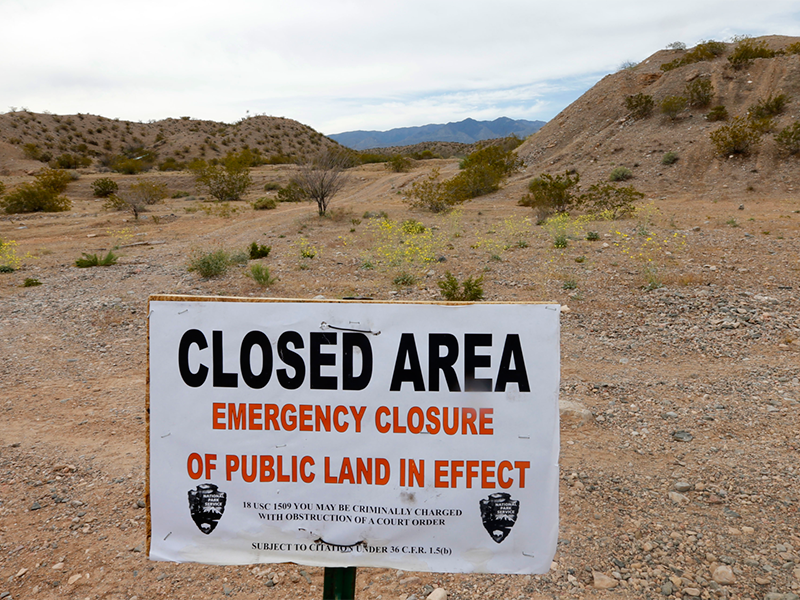The Bundys and Public Land

Recently (4/14/17), the New York Times published a piece on the Bundys and the fight over public lands that failed to mention Native Americans even once. This omission is astonishing, even more so after the DAPL protests
The Bundys belong to a centuries-long process of dispossessing Native Americans of their lands, a fact that is rarely reported in the press. In fact, when ranchers first began fighting for control of the land in southeastern Oregon in the 1870s and 1880s, their opponents were not federal officials but Northern Paiutes. The fight then and now had little to do with government tyranny and everything to do with white entitlement.
In 1867, the US army established Fort Harney a few miles from the present town of Burns, Oregon, to wage a military campaign against the Paiutes. Reassured by the federal presence, white ranchers began moving into the area and fencing off immense pastures.
A few years later, in 1872, President Ulysses S. Grant established the Malheur Indian Reservation in an effort to secure the rest of the country for cattlemen. But the ranchers wanted the reservation’s 1.8 million acres too.
White ranchers began grazing cattle and even establishing residences on the reservation, indifferent to warnings from the local BIA agent that they were on Paiute lands. One Idaho newspaper scoffed at the suggestion that whites ought to recognize the rights of Indians: “We suppose that there are some wiseacres at Washington who have doubts as to whether a white man is as good as an Indian.”
The paper need not have worried. “Our poor children are crying to us for food,” lamented one Paiute in 1878. “We are really starving … and don’t know what to do.” That year, Malheur Paiutes joined their relatives to the east in a general uprising borne out of desperation and an idealistic hope that they could restore their lands.
US troops swarmed into the country and invaded their camps, and federal gunboats shot down survivors who tried to escape across the Columbia River. Shortly after, the United States deported the remaining Malheur Paiutes to Fort Simcoe, nearly 300 miles to the north.
By 1880, stockowners grazed 18,000 cattle and 600 horses on the reservation. J.S. Miller, one of the few ranchers who was convicted of trespass, bitterly complained in words echoed by the armed cattlemen who occupied Malheur 136 years later. He was only a white man, he raged, good for nothing but “to pay taxes & vote.” “Oh, what a magnanimous Government we live under,” he declared. “Oppression is the order of the day, as against the Taxpayer.”
Public pressure soon led the President to do away with the reservation altogether. By 1883, Fort Harney was all that remained of the federal presence on what used to be Paiute land. A decade earlier, the army post had protected the interests of ranchers against the rightful owners. Now ranchers couldn’t wait for the government to abandon it. “Uncle Sam” will probably be saved the trouble of dismantling the buildings, joked one newspaper, “as the settlers are in a fair way to remove them for him.”
Today, the Burns Paiute Reservation consists of a 770-acre tract created by the federal government in 1972. It lies just outside the town of Burns itself. Despite Paiutes’ long history in the region and their significant presence today, they were not part of the overblown rhetoric of freedom and tyranny invoked by the gunmen and were largely absent from the media accounts of the event.
Malheur National Wildlife Refuge, the site of the occupation, is full of ancient Paiute tools, including exquisitely crafted arrow points and stone mortars. Adding insult to injury, artifact hunters prowl the shoreline of Malheur Lake to steal the Paiutes’ cultural heritage. Paiute burials occasionally come to the surface and, as agreed with the federal government, are returned to the Burns Paiute Tribe for reburial.
Many Americans asked, “What if the gunmen were black or Muslim?” More to the point, what if they were Indian? When the Bundys invoked “the people” and “free men,” they meant “white people” and “white men.” That they seized an area with such a rich Paiute heritage turned the performance into farce.

